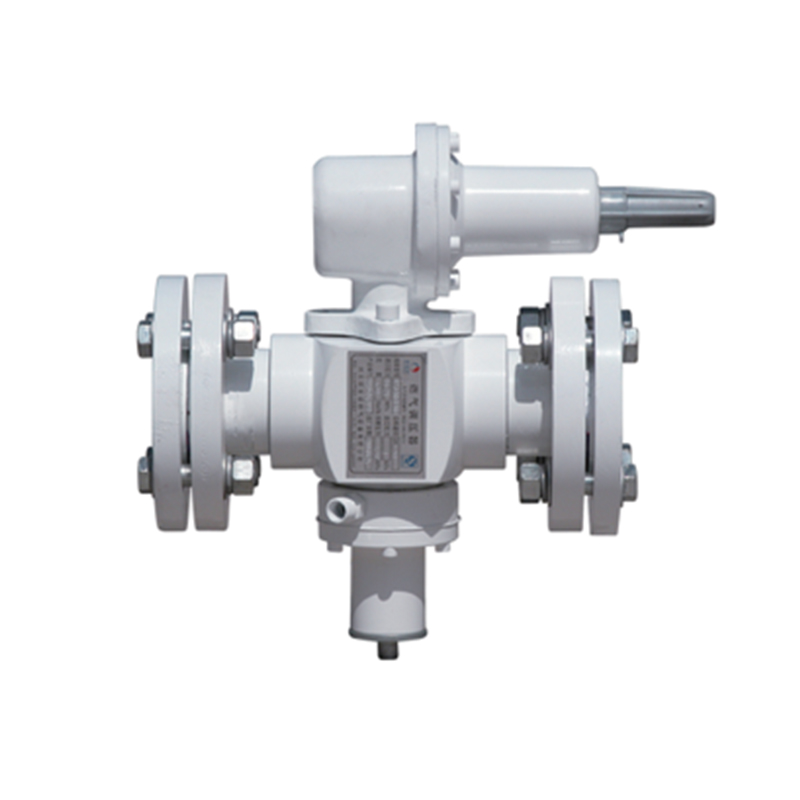
Nov . 09, 2024 02:29
Back to list
Pressure Regulation Valve Explained for Efficient Fluid Control Systems
Understanding Pressure Regulating Valves Components and Functionality
Pressure regulating valves (PRVs) are critical components in various fluid and gas systems, designed to maintain a stable discharge pressure regardless of fluctuations in the inlet pressure. These valves are crucial for ensuring the safety and efficiency of many industrial applications, including water supply systems, oil and gas pipelines, and HVAC systems. By understanding the functionalities and types of PRVs, we can better appreciate their role in modern engineering.
What is a Pressure Regulating Valve?
A pressure regulating valve is a device designed to control the pressure of a fluid or gas flowing through a system. By automatically adjusting the flow opening in response to changes in upstream and downstream pressure, these valves prevent pressure surges that could damage equipment or disrupt system operations. PRVs are particularly important in maintaining operational safety, protecting downstream equipment from excessive pressure, and ensuring that processes run smoothly and efficiently.
How Do Pressure Regulating Valves Work?
The operation of PRVs is relatively straightforward. They typically consist of a valve body, a spring mechanism, and a diaphragm. When the inlet pressure rises above a predetermined level, it pushes against the diaphragm, which then compresses the spring. This action modulates the valve's opening, allowing the fluid or gas to flow through while keeping the downstream pressure within a specified range. Once the pressure drops to an acceptable level, the valve automatically adjusts to close, reducing flow and stabilizing the pressure.
.
Types of Pressure Regulating Valves
صمام تنظيم الضغط

There are several types of pressure regulating valves available, each designed to address different needs and requirements.
1. Spring-Loaded PRVs The most common type, these valves use a spring mechanism to adjust flow based on upstream and downstream pressure changes. They are widely used due to their reliability and ease of adjustment.
2. Pilot-Operated PRVs These valves utilize a small pilot valve to control a larger main valve. They are ideal for systems with higher flow capacities and can maintain more consistent pressure under varying flow conditions.
3. Electronic PRVs Modern advancements have led to the development of electronic pressure regulators, which utilize sensors and electronic controls to provide precise pressure regulation. These are particularly useful in systems where accuracy is crucial.
4. Proportional PRVs These valves are designed to provide a variable pressure output based on the demand of the system. This allows for more efficient use of resources and energy, making them an excellent choice for applications requiring variable flow rates.
Applications of Pressure Regulating Valves
PRVs are prevalent in a variety of industries. In water supply systems, they help maintain consistent pressure to ensure adequate supply to consumers. In the oil and gas industry, PRVs are essential for protecting pipelines and equipment from pressure surges, which can lead to catastrophic failures. HVAC systems also incorporate PRVs to regulate cooling and heating fluid pressures, improving energy efficiency and comfort in buildings.
In summary, pressure regulating valves are indispensable components in fluid and gas systems, ensuring safety, efficiency, and reliability. With various types available, engineers can select the appropriate valve to meet specific application needs. As industries continue to evolve and demand for precision increases, the technology behind pressure regulating valves will likely advance, enhancing their capabilities and applications. Understanding PRVs not only helps in selecting the right equipment but also contributes to better system design and operation overall.
Latest news
-
Safety Valve Spring-Loaded Design Overpressure ProtectionNewsJul.25,2025
-
Precision Voltage Regulator AC5 Accuracy Grade PerformanceNewsJul.25,2025
-
Natural Gas Pressure Regulating Skid Industrial Pipeline ApplicationsNewsJul.25,2025
-
Natural Gas Filter Stainless Steel Mesh Element DesignNewsJul.25,2025
-
Gas Pressure Regulator Valve Direct-Acting Spring-Loaded DesignNewsJul.25,2025
-
Decompression Equipment Multi-Stage Heat Exchange System DesignNewsJul.25,2025

